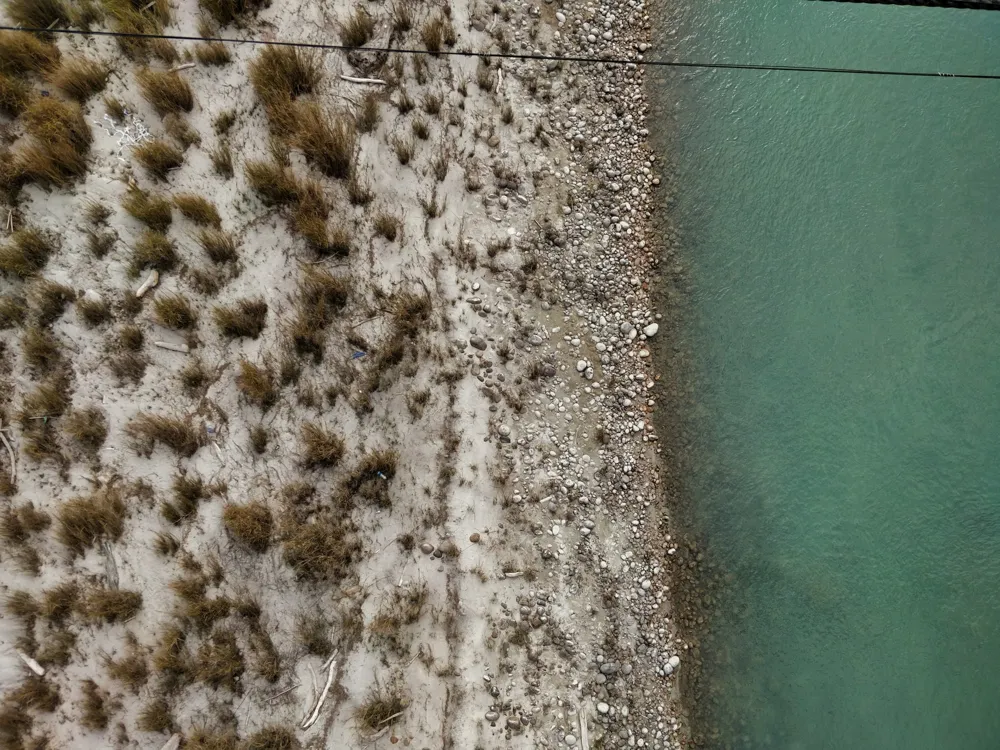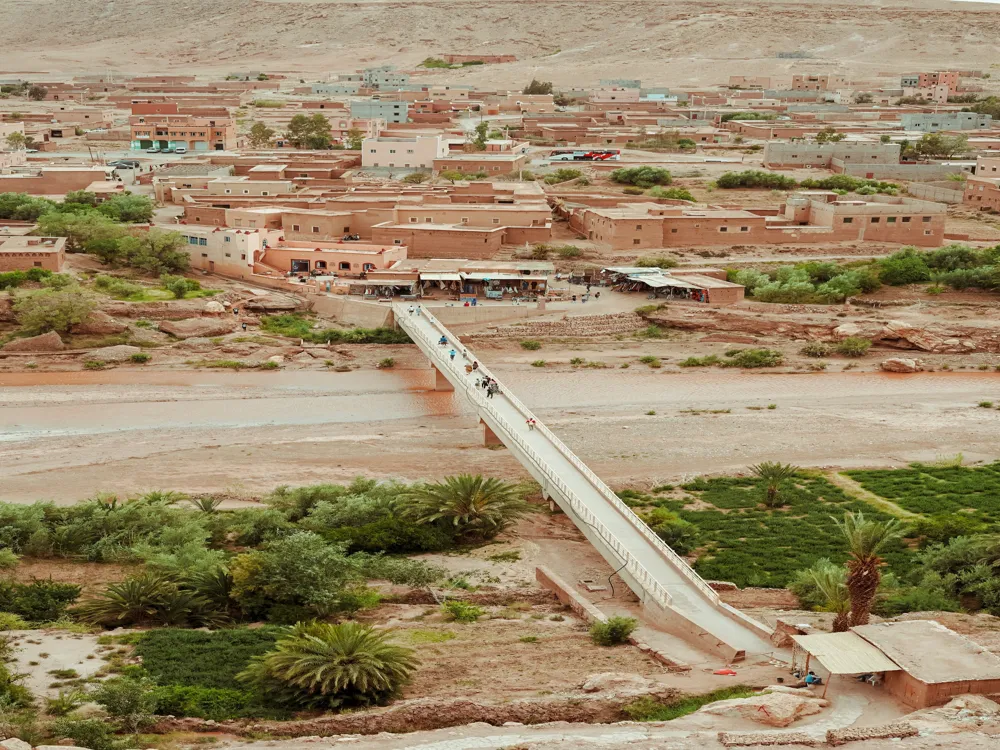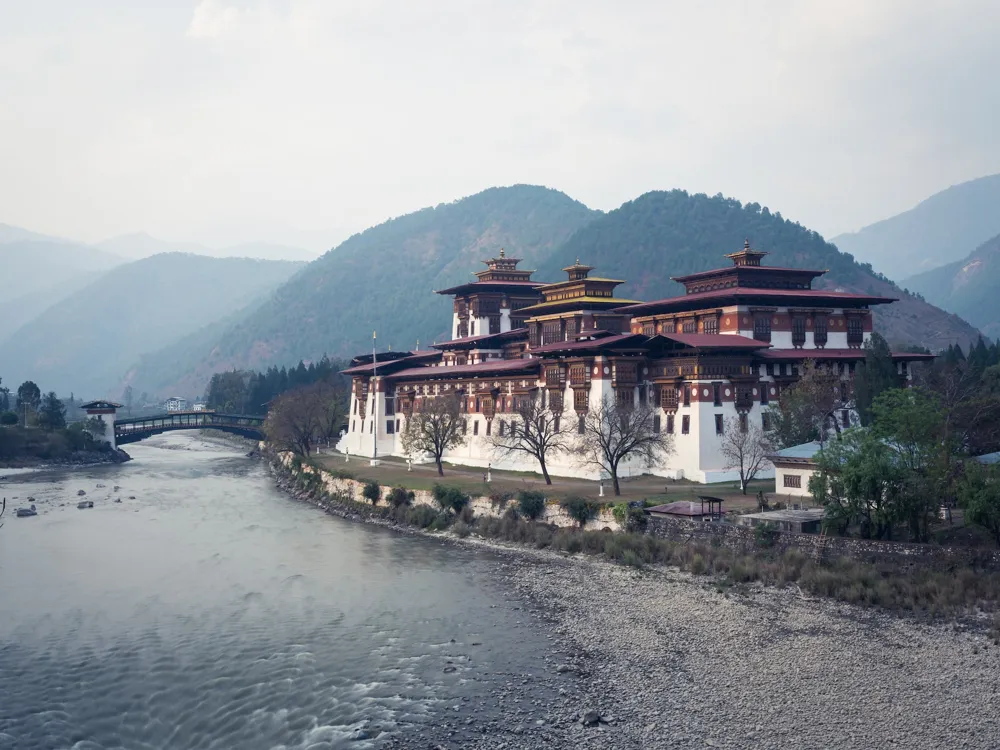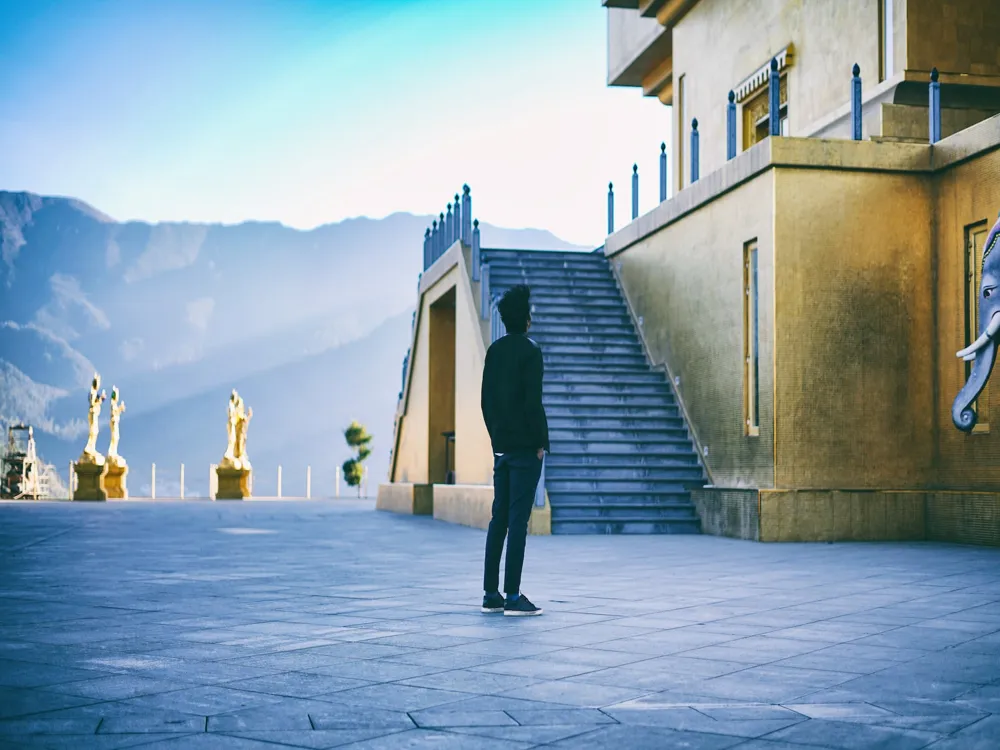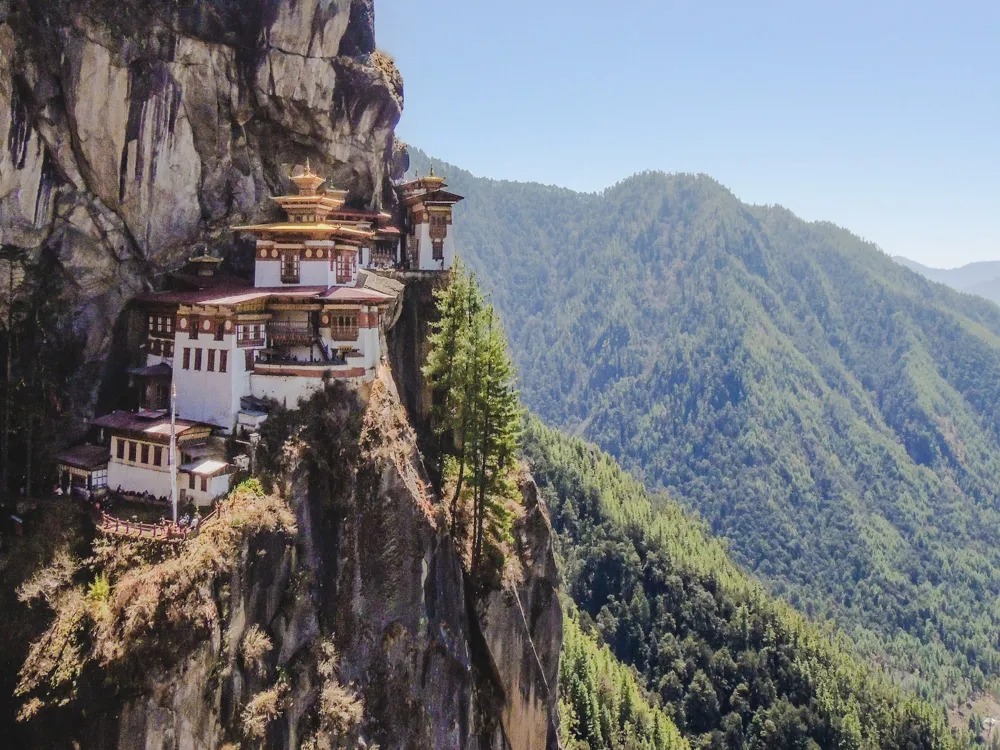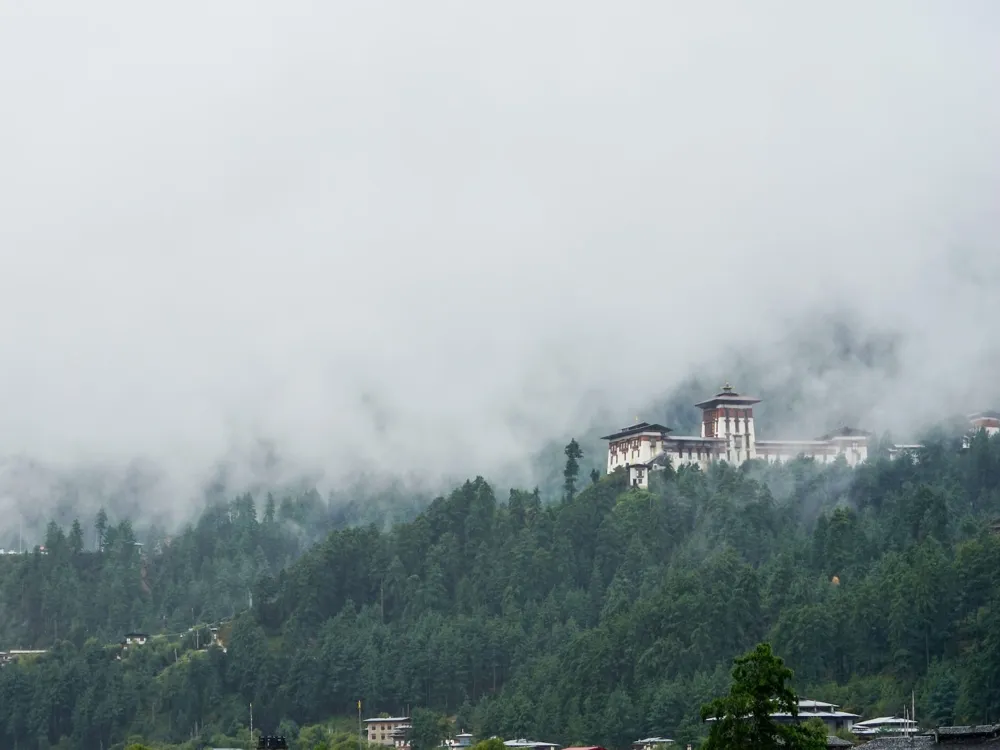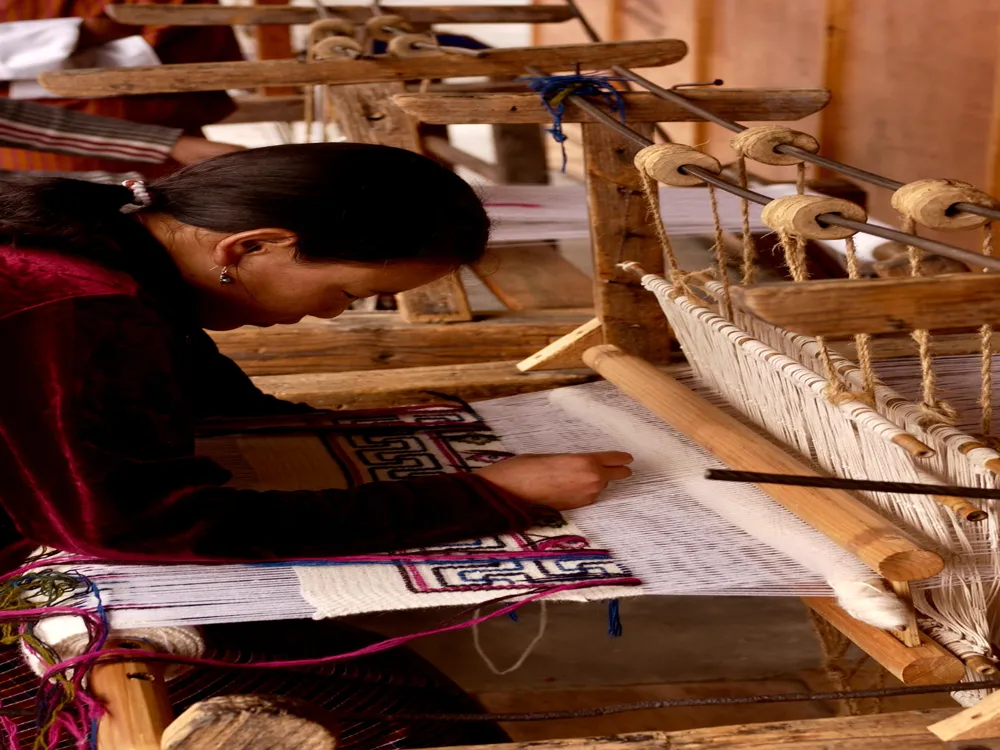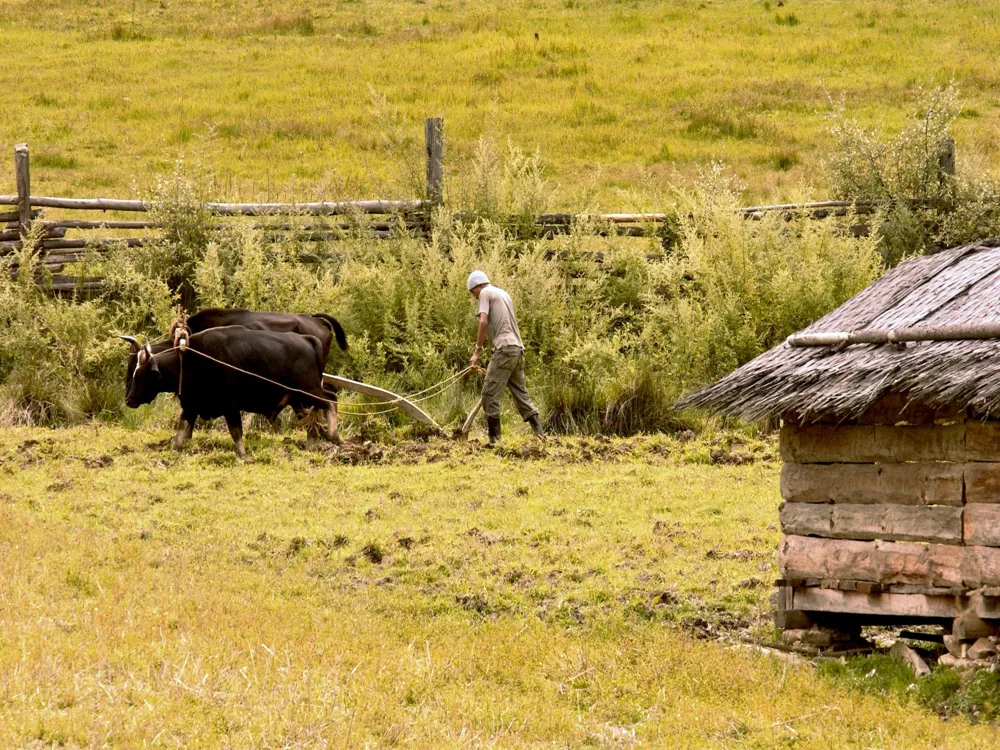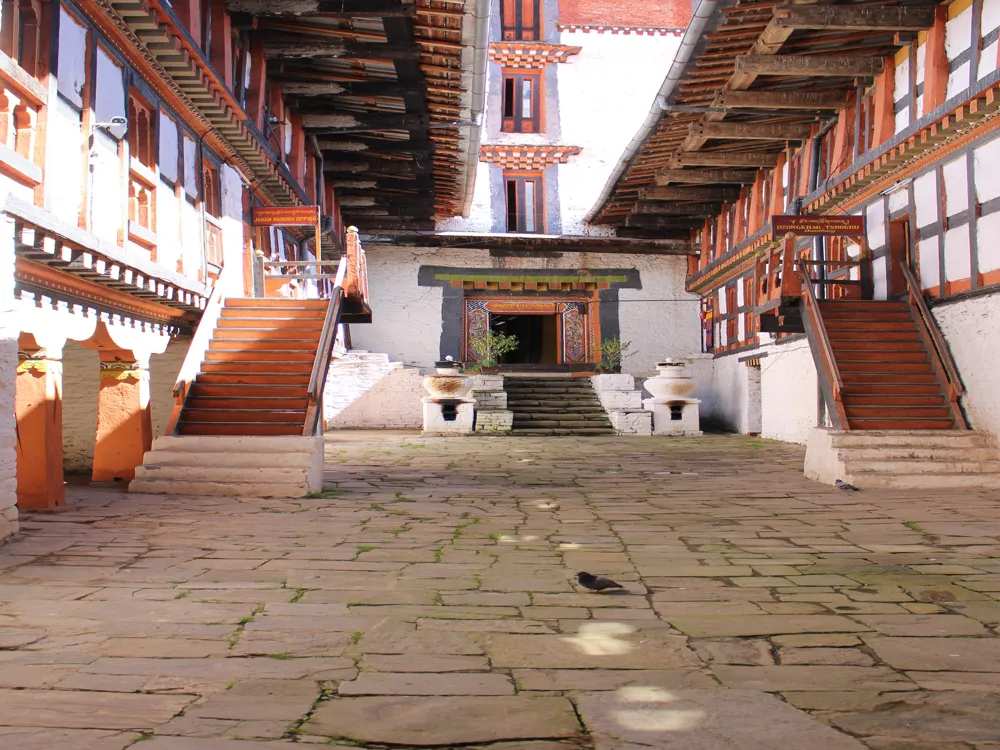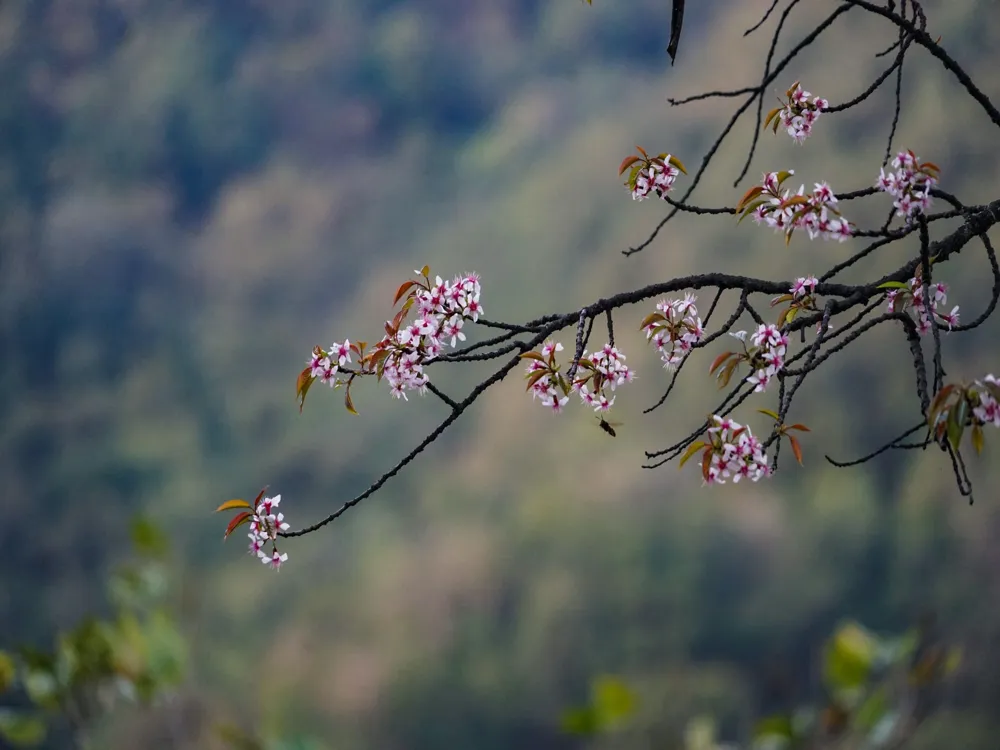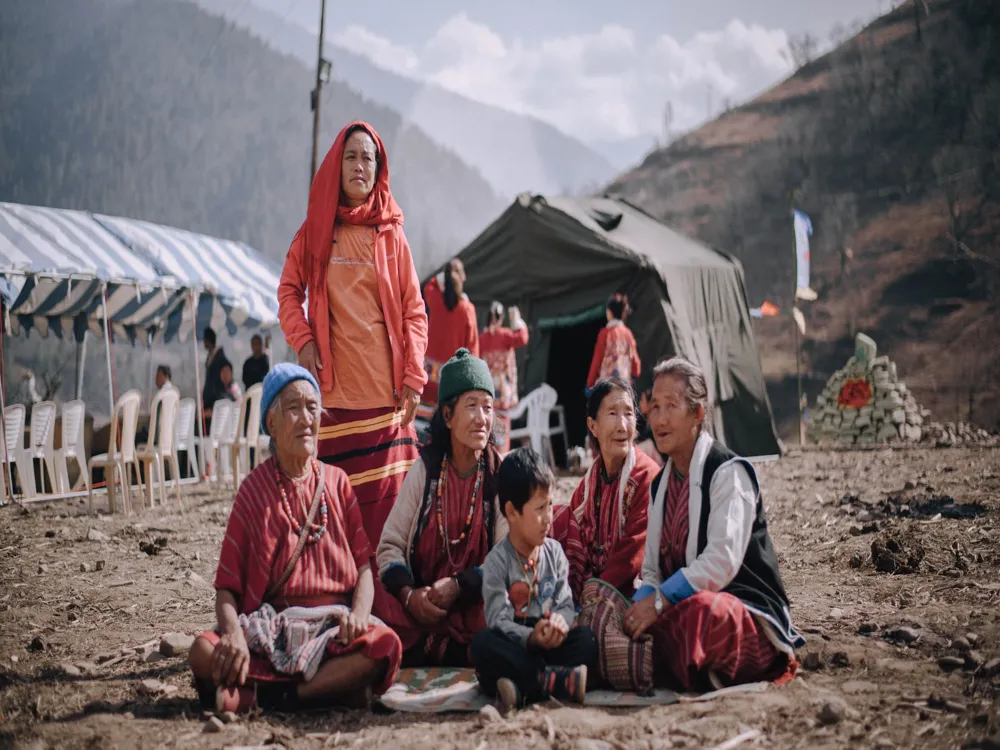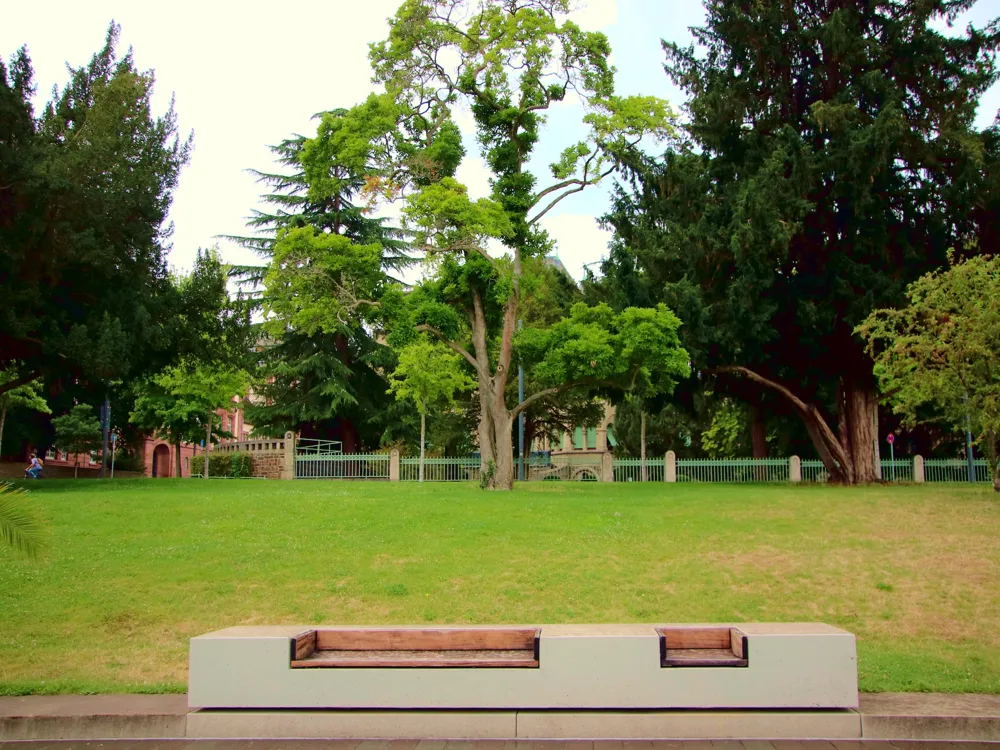Trashigang Dzong, located in Trashigang, is one of Bhutan's most historic dzongs, serving both as a monastic and administrative center. Situated atop a hill overlooking the Gamri River, it was built in the 17th century to defend against Tibetan invasions. Today, it is a focal point of cultural and religious activities, attracting visitors with its architectural magnificence and historical significance. The architecture of Trashigang Dzong is a splendid example of Bhutanese dzong architecture, characterized by its strategic location, massive structured walls, and a complex of courtyards, temples, offices, and living quarters. Its unique design, adapted to the contour of the hill, features impressive entrance gates, intricately painted woodwork, and traditional Bhutanese motifs that symbolize Buddhist teachings and the natural world. - Dress modestly and respect the local customs to maintain the sanctity of the dzong. - Hire a local guide to gain insights into the dzong's history, architecture, and religious significance. - Check for any local festivals happening during your visit for a more enriching experience. - Be prepared for a hike, as the dzong is located atop a hill, which offers stunning views of the surrounding landscape. - Photography may be restricted in certain areas, so always ask for permission before taking photos. To reach Trashigang Dzong, visitors can fly to Paro International Airport and then take a domestic flight to Yonphula Airport, which is closer to Trashigang. From there, it is possible to hire a taxi or take a bus to Trashigang town. The dzong is a prominent landmark in the area and can easily be reached by a short drive or walk from the town center, depending on where you are staying. Read More:Overview of Trashigang Dzong
Architecture of Trashigang Dzong
Tips When Visiting Trashigang Dzong
Click to view tips
How To Reach Trashigang Dzong
Trashigang Dzong
Trashigang
NaN onwards
View trashigang Packages
Weather :
Tags : Historical Site
Timings : 9:00 AM - 5:00 PM
Time Required : 1 hour
Entry Fee : No entry fee
Planning a Trip? Ask Your Question
Trashigang Travel Packages
View All Packages For Trashigang
Top Hotel Collections for Trashigang

Private Pool

Luxury Hotels

5-Star Hotels

Pet Friendly
Top Hotels Near Trashigang
Other Top Ranking Places In Trashigang
View All Places To Visit In trashigang
View trashigang Packages
Weather :
Tags : Historical Site
Timings : 9:00 AM - 5:00 PM
Time Required : 1 hour
Entry Fee : No entry fee
Planning a Trip? Ask Your Question
Trashigang Travel Packages
View All Packages For Trashigang
Top Hotel Collections for Trashigang

Private Pool

Luxury Hotels

5-Star Hotels

Pet Friendly







